From the moment she took her first breath of warm April air, Maisa Kauser was one of the nowhere people. She was born on the floor of an unfurnished hut with no electricity and no running water. Only an untrained midwife helped her mother Umaira deliver the baby. The 20-year-old said holding Maisa felt like “holding a whole new world in my arms.” But no one was there to register the birth or officially record that she exists.
Maisa entered the world in a refugee camp in southeastern Bangladesh where nearly a million are stuck, after fleeing violence and persecution in neighboring Myanmar. Spread across what used to be forested hills in the coastal district of Cox’s Bazar lie dozens of makeshift ghettos that together make up the world’s largest refugee camp. The Rohingya, a majority-Muslim ethnic group from majority-Buddhist Myanmar’s westernmost state of Rakhine, fled here in large numbers in late 2017, when the Myanmar army began a systematic campaign of arson, rape and murder that the U.N. has called genocidal.
Neither country wants them, but one will have to keep them. The official narrative of the international community holds that the Rohingya must be allowed to go home to Myanmar voluntarily, in safety and with dignity. Yet in reality that is not going to happen for a very long time—if ever. U.N. officials say it will likely take years before even a small trickle of Rohingya refugees can return to Myanmar, and then only to convince the hundreds of thousands of others that it is possible.
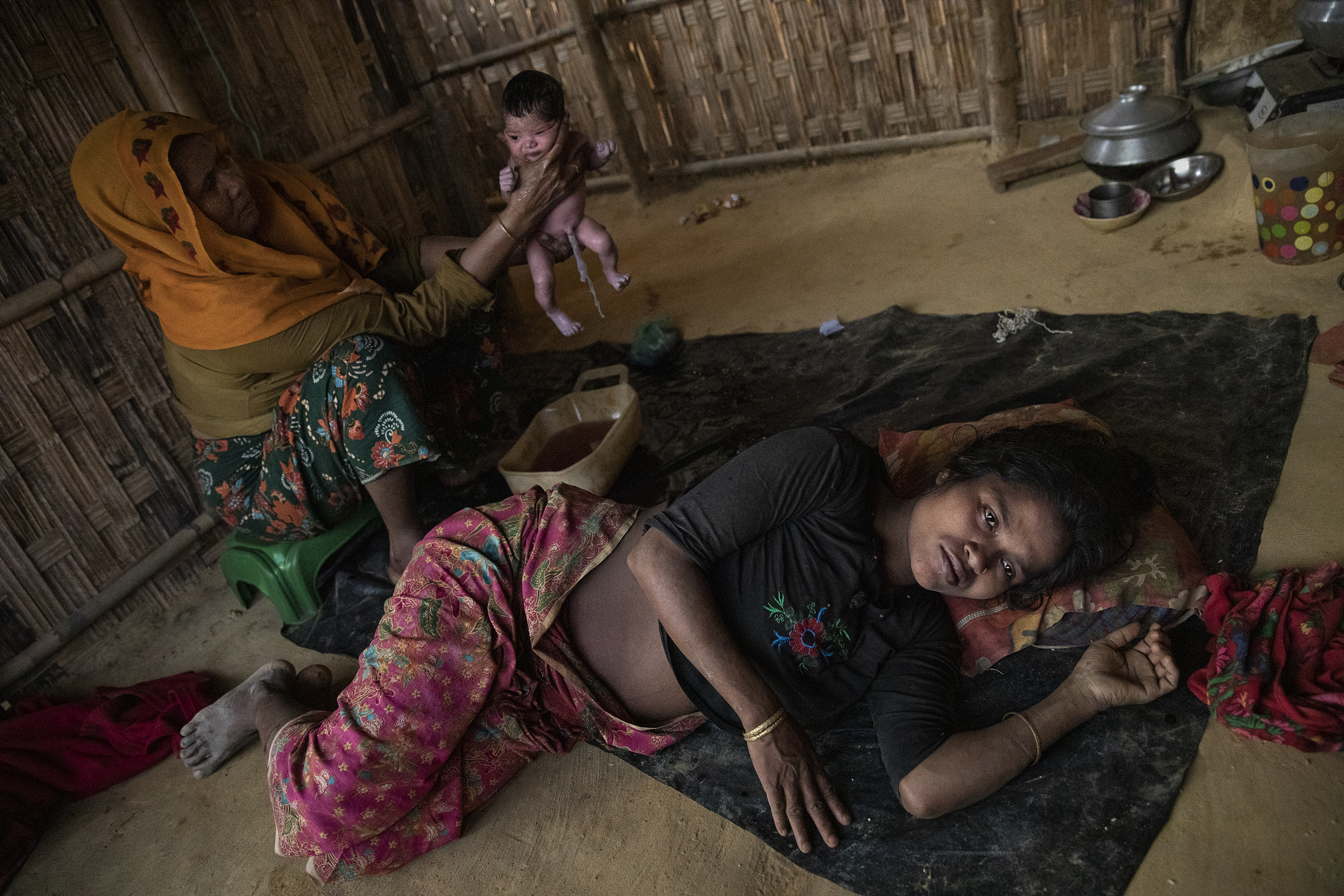
Now, as the world looks on, a miserable slum of a million people has taken shape in Cox’s Bazar, with a near total absence of governance yet at a cost of nearly a billion dollars every year. “It is a dilemma because the overt policy is return, while the objective reality is that return will be extremely difficult,” says Steven Corliss, who represents the U.N. refugee agency, UNHCR, in the Bangladeshi capital of Dhaka. “The situation is untenable: environmentally, socially and economically.”
Dhaka has to decide whether it will create a city for the stateless or what amounts to a jail. The latter looks more likely. The government of Prime Minister Sheikh Hasina is determined that the refugees will be short-term visitors, and has enacted hard-line policies to prevent integration. It denies the Rohingya formal education, bars them from working, proposes surrounding parts of the camp with barbed wire, and wants to send 100,000 of them to an isolated and flood-prone island.
Publicly, the U.N. has sided with Dhaka, recognizing that one of the world’s most densely populated countries, threatened by coastal erosion that is forecast to displace 18 million people by 2050, cannot easily accommodate a million largely unskilled rural villagers.

But privately, interviews with more than 20 U.N. officials, diplomats and humanitarian workers reveal they are at odds with Bangladesh on how to move forward. Several expressed explicit concern to TIME over Dhaka’s inflexibility on education and livelihoods, and worried that a recent rise in crime would be met with an even heavier hand. “If policies are not created in recognition that this is a long-term problem, things are going to get worse,” a U.N. official based in Cox’s Bazar said on condition of anonymity.
Things already looked bleak for the Rohingya. Since they were stripped of Burmese citizenship in 1982, they lost everything they had in a steady erosion of rights punctuated by sporadic outbursts of horrific state-sanctioned violence. They now find themselves sequestered in the smallest possible physical space with nowhere left to go.
Bangladesh, which generously let them in, doesn’t want them to stay. “These camps are already receiving more attention than some [Bangladeshi] host communities and far better than what they had in Myanmar,” Bangladesh’s State Minister for Foreign Affairs, Shahriar Alam, tells TIME. “If we are offering them a better life than what they’re used to, they will not go back.”

The view from Camp 20 Extension in Cox’s Bazar is of a population settling in for the long haul. Just past the office of the Camp-in-Charge, the only concrete building amid an endless sea of shanties, scrawny laborers carve terraces out of a barren hillside and reinforce them with a trellis made of sticks and twine. New roads are being laid of mud bricks from a nearby kiln, where, after fleeing a displacement camp set ablaze by a rocket-propelled grenade, a few dozen men skilled in the trade have found under-the-table employment. Mid-Term Housing, as a sign describes it, has sprung up beyond the lake, fashioned from woven strips of treated bamboo designed to last five to 10 years.
Despite the construction activity, conditions in the camps remain abysmal. Most refugees live in small shacks made of bamboo and tarpaulin sheets, so tightly packed together that they can hear their neighbors talking, having sex and disciplining their children or, sometimes, wives. In the springtime, the huts turn into saunas. In the monsoon season, daily rainfall turns hilly footpaths into waterslides and lifts trash and human waste from open drains to float in stagnant pools. Were one of the cyclones that threaten the coastal province every year to score a direct hit on this improvised encampment, humanitarian workers predict “large-scale loss of life.”
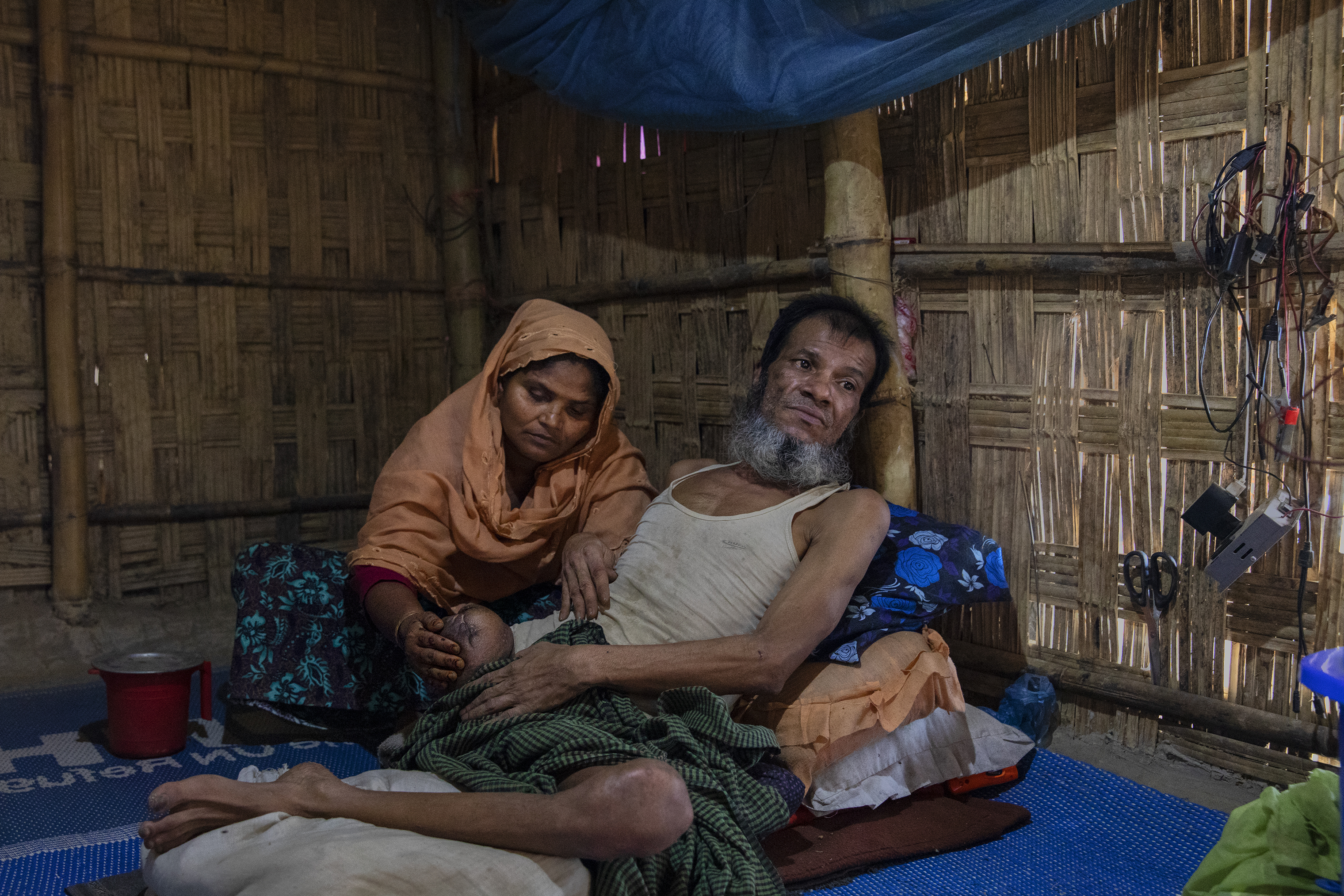
Life here is a fragile thing in any case. A recent report by the International Crisis Group, which researches conflict, said murders and other forms of violence occur almost nightly inside the camps and are rarely if ever investigated. Cox’s Bazar is on the path of a trafficking route for methamphetamine smuggled out of Myanmar. And so an internal struggle is under way for political, economic and social control of the population.
Refugees say the daylight hours, the only time foreigners and aid workers are allowed to visit, are deceptively calm. Many are afraid to leave their shelters after dark, more than half a dozen refugees said, when what they describe as shady, violent criminals domineer the alleys in the absence of overnight security. “There are informants on every block,” one refugee tells TIME, asking not to be named for fear of reprisals. “We know who they are, but we’re afraid to say anything against them. They patrol the streets at night. No one wants to go outside.”
There is no consensus on exactly who controls the camps at night. Refugees share a widespread belief that the men are members of the Arakan Rohingya Salvation Army, or ARSA, the militant group that attacked Myanmar security personnel and set off the violence in 2017. Security analysts and U.N. officials say, however, that most are likely members of criminal gangs who traffic drugs and humans and bandy the name of the militants to gain authority. Their activity has simultaneously prompted urgent calls for more security and generated concern about the “optics” of a heavily securitized encampment that refugees are not allowed to leave.
Amid the lawlessness, an assortment of archconservative ideologues, militants and criminal gangs have designated themselves as enforcers of a strict Shari‘a code. As was the case with Afghan refugees in Pakistan, displacement and foreign intervention led to a growing conservatism. Women suffer disproportionately; NGOs aiming to empower women with skills training and paid volunteer work have faced an alarming backlash. Since January, more than a hundred women have quit their jobs because of overt intimidation by fundamentalists, according to aid workers. Some described masked men coming to their homes and threatening their families. An internal U.N. memo seen by TIME says Rohingya women engaged in volunteer work increasingly “faced individualized threats, as well as community threats via announcements made by religious leaders following prayers.”

At the same time, a nascent civil society has been trying to find its voice in Cox’s Bazar. Unlike in heavily controlled Rakhine state, the Rohingya can now openly congregate for Islamic study, prayer and political discourse. But community leaders in the camps have been targeted, harassed and worse by the camp’s less moderate factions. Last year, one camp leader was murdered in a manner associated with ARSA: warnings circulated on WhatsApp followed by a fatal slash across the man’s throat in front of several witnesses. Analysts warn that other moderate leaders are likely to be threatened with assassination in the years ahead. “Whether we like it or not, eventually the government will have to become heavy-handed to control the threats and prevent radicalization,” says Shahab Enam Khan, research director at the Bangladesh Enterprise Institute, a think tank based in Dhaka. “It’s not a matter of if or when, it’s a matter of how heavy the hand will be.”
But Dhaka’s policies have already inflamed the situation. Cutting the Rohingya off from the economy leaves them with few options but to pursue illicit forms of income. Denying them formal education has also created a network of poorly supported, unregulated madrasahs, or Islamic schools, in the camps. The potential for exploitation is clear; while there’s no evidence transnational extremist groups like ISIS or al-Qaeda operate here, analysts believe a domestic Bangladeshi hard-line group called Hefazat-e-Islam, which has called for jihad against the Myanmar government, holds heavy influence over the camps’ mosques and madrasahs.
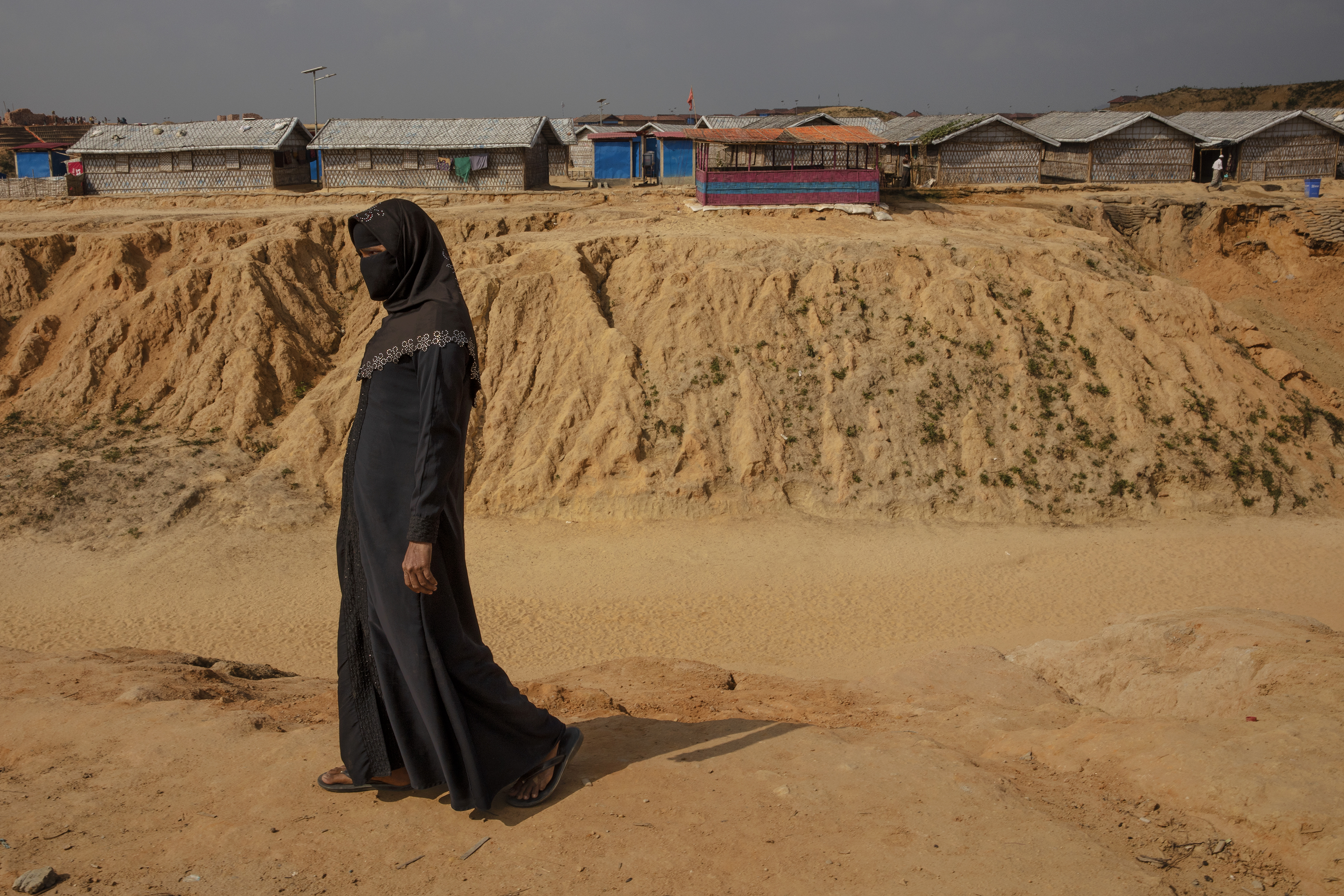
The mullahs who run the madrasahs say they simply want to give the camp’s children the chance of something resembling a future, in the form of basic education. But the madrasahs are categorically excluded from Western funding channels and receive little guidance or oversight from Bangladeshi religious authorities. Staffed by volunteers and crammed with children desperate for education, many subsist on faith alone.
Abu Syed, a 39-year-old scholar who founded three volunteer-run madrasahs, says he has received no outside help except for a lump sum for building materials when he arrived. “We’re at risk of shutting down at any time,” he says. “It’s hard to say how long we can keep doing this.”

Life in the camps is perhaps most dismal for adolescent girls, who by custom by and large are not allowed to be seen in public after they reach puberty. Inside a small shelter on the edge of Camp 15, a 16-year-old girl explains why, in mid-March, she tried to leave for Malaysia, more than 2,000 miles away by sea. The girl, who did not want to be named, came here with nothing but a sarong and her immediate family. Poor and illiterate, she is unable even to get married because her single mother can’t afford to pay an exorbitant dowry.
In a sweltering hut lined with plastic sheets, she plotted her departure for weeks before setting out one afternoon with two dresses and the equivalent of about $3. She knew that if she got across the Bay of Bengal, the smuggler would ask for more money. “I had hope that if I got to the other side, someone would be kind to me,” she says. If no one rescued her, “then that is my fate.”
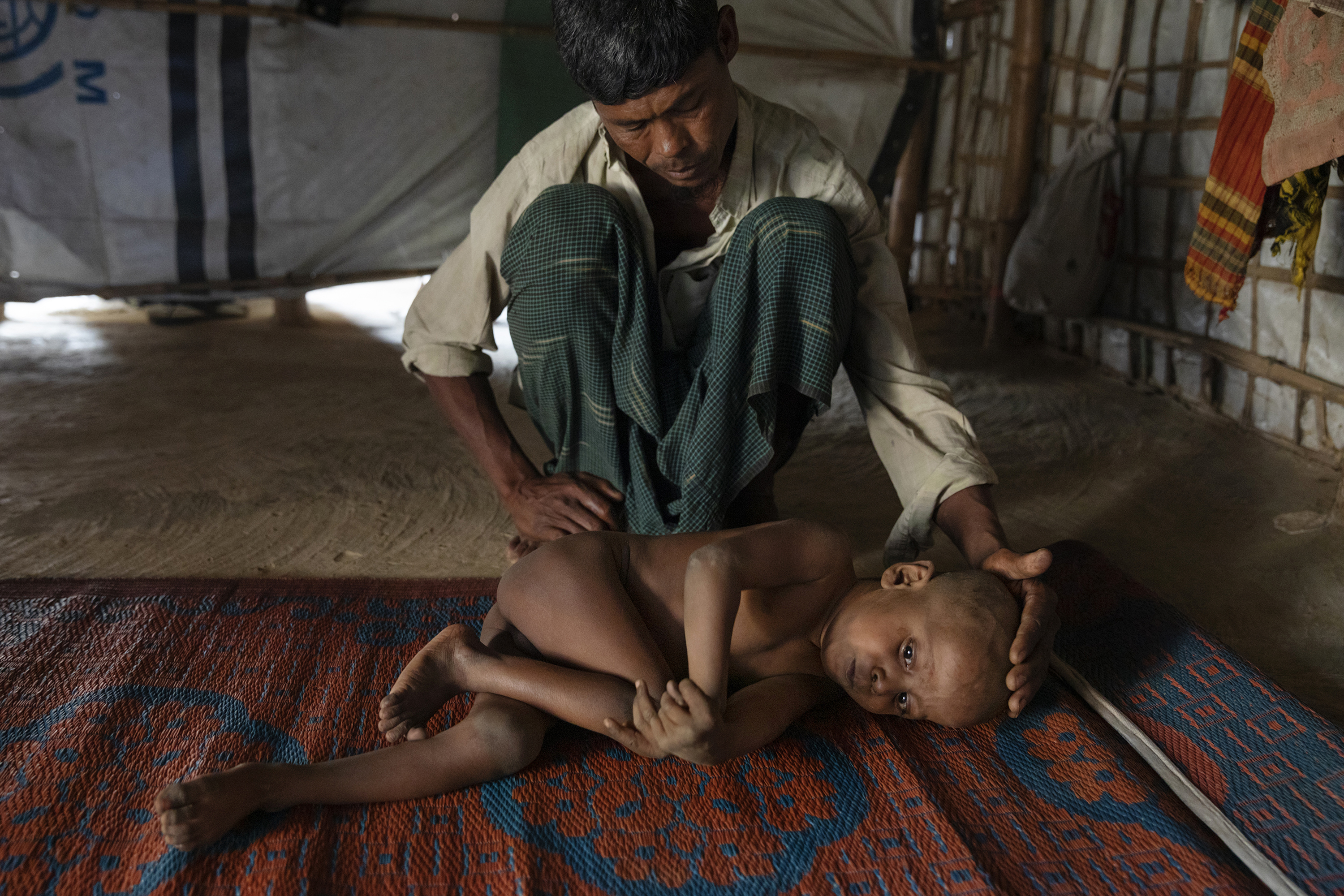
She and the dozens of other passengers, mostly girls around her age, were told that rich Rohingya men who had built lives in Malaysia would be waiting on the shores to save them. More likely they would have been trafficked or left to die at sea. So perhaps she was lucky that after a fishing boat took her out to sea and circled for hours in the darkness, the “big boat” never came. She doesn’t see it that way. “I returned with a heavy heart,” she says. “I’ll go again any chance I get. I can’t be here anymore.”
There is nowhere else to go. Back in Rakhine state, conditions are as bad as or worse than when the Rohingya left. The homes they fled have been razed, and a new conflict between the Myanmar army and Arakanese ethnic insurgents has intensified since January. The quasi-civilian government, led by disgraced Nobel laureate Aung San Suu Kyi, has little control over the situation and is still in denial about the atrocities. One senior Western diplomat based in Yangon says the government “hasn’t shown its ability to impose its will in Rakhine state at all.”
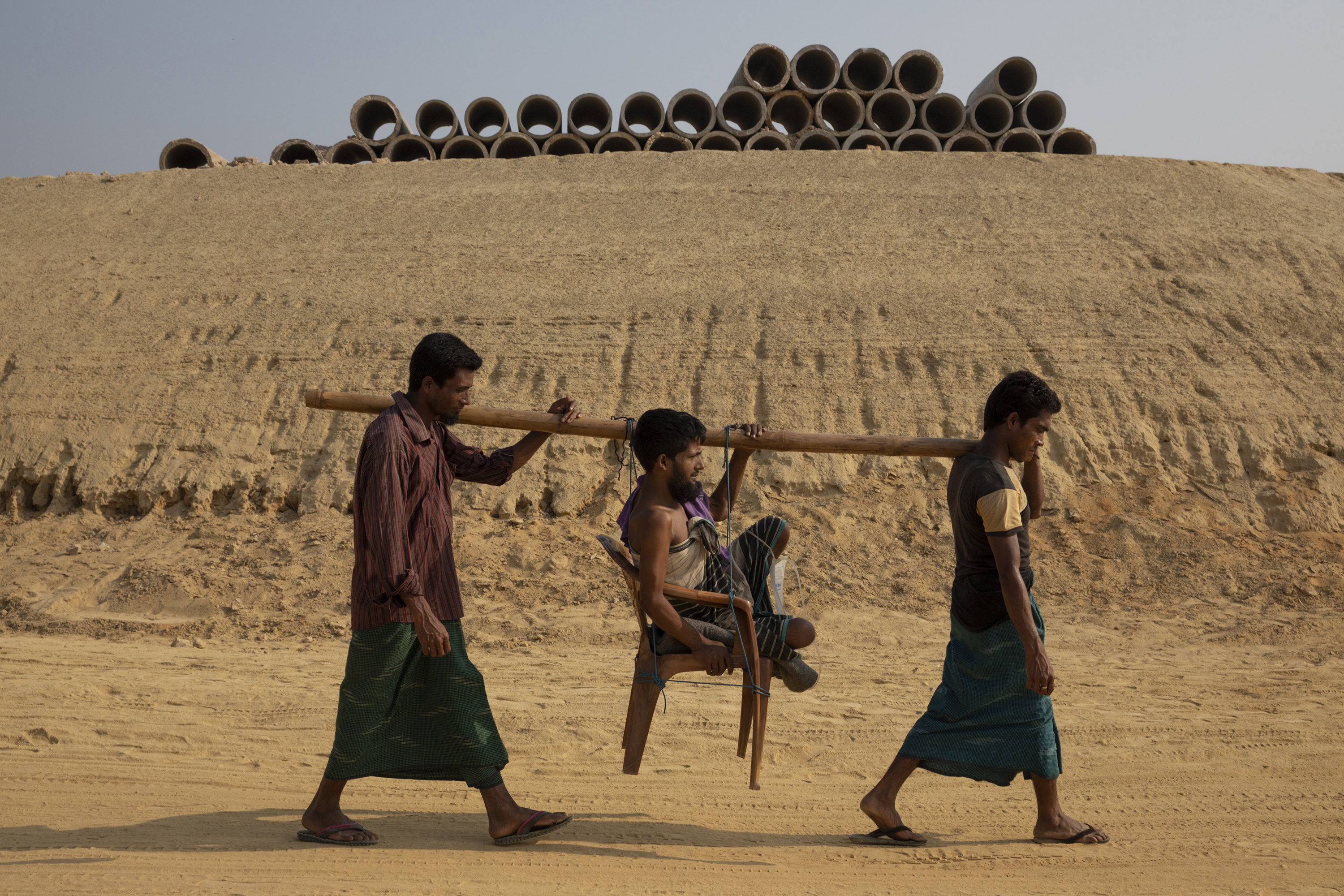
The international community, too, has failed to compel Myanmar to restore rights to the Rohingya and guarantee them a place to return to. The country has largely been protected from accountability by China, its neighbor to the north and its largest trading partner. Beijing has consistently blocked critical actions on Myanmar by the U.N. Security Council, allowing only the passage of a nonbinding statement in 2017 urging the military to end excessive force, which it didn’t.
“We’re still waiting for bold action from the Security Council which will enable the return of this population and show that we care about the principles and values at the core of this organization,” Adama Dieng, the U.N. Special Adviser on the Prevention of Genocide, tells TIME. “If this issue is not resolved today, we will be setting a very serious precedent.”
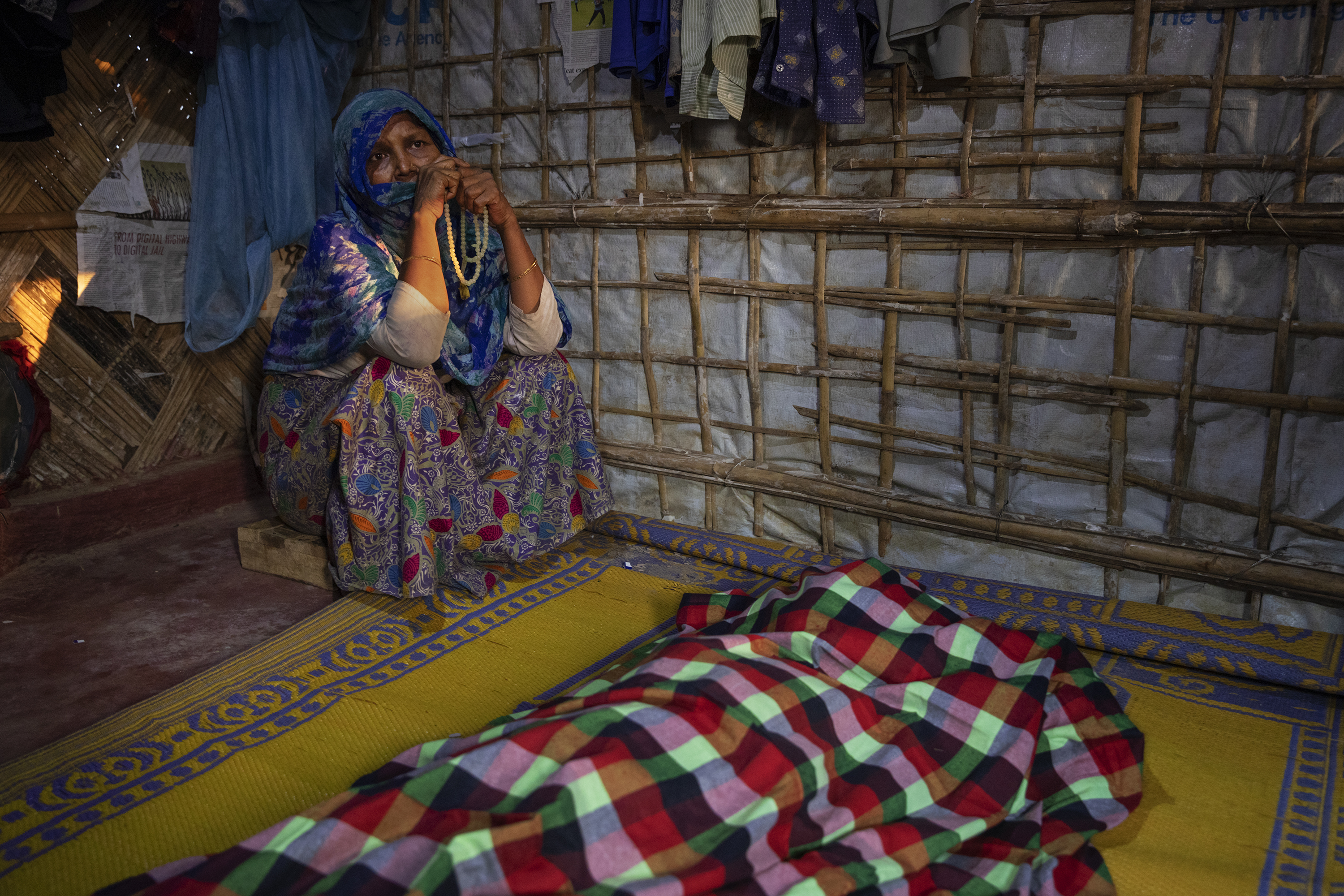
Few countries other than Bangladesh are stepping forward to help out the Rohingya in the interim. Other countries that have long been destinations for Rohingya, such as India and Saudi Arabia, began deporting them late last year in separate crackdowns on migration. And there’s evidence of donor fatigue among the countries that have promised to help the refugees stuck in Cox’s Bazar. Only 18% has been pledged toward a requested $920 million for a one-year U.N. response plan. The World Bank has mobilized almost $500 million in grants for infrastructure over the next three years, but critical food and social programs are at the whim of faraway politicians.
What the Rohingya want, more than money or promises of aid, is citizenship and the rights and responsibilities it guarantees. For the generations turned away from every home they’ve ever had, it’s getting harder to hold out hope. As a child, Alom Shah dreamed of becoming an engineer, and was devastated when his people were banned from studying at university in Rakhine state in 2012.

“I felt like both my wings were broken,” the 19-year-old said. He taught himself English and now volunteers in the refugee camps as a translator for medics. “Once we got here, it was like, ‘What do we do now?’” he says tearfully, looking up at us with watery eyes and then, embarrassed, shifting his gaze to the floor. “It felt like we were holding our breath, and gradually losing our hope.”
He says he’s already asked all the foreigners he knows if they can help him get a scholarship or find some other way out. They can’t. “In the daytime when I meet my friends, I somehow pass the time,” Shah says. “But at night when I’m alone, when I think about the future, all I see is darkness. We’re not allowed to dream.”
- Why Biden Dropped Out
- Ukraine’s Plan to Survive Trump
- The Rise of a New Kind of Parenting Guru
- The Chaos and Commotion of the RNC in Photos
- Why We All Have a Stake in Twisters’ Success
- 8 Eating Habits That Actually Improve Your Sleep
- Welcome to the Noah Lyles Olympics
- Get Our Paris Olympics Newsletter in Your Inbox
